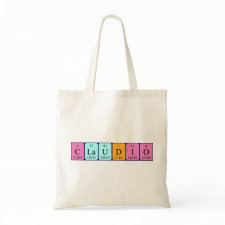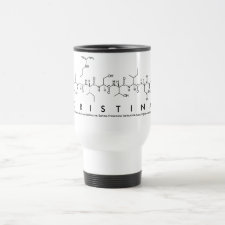
Authors: Giovannoli C, Passini C, Anfossi L, Di Nardo F, Spano G, Maurino V, Baggiani C
Article Title: Comparison of binding behavior for molecularly imprinted polymers prepared by hierarchical imprinting or Pickering emulsion polymerization.
Publication date: 2015
Journal: Journal of Separation Science
Volume: 38
Issue: (20)
Page numbers: 3661-3668.
DOI: 10.1002/jssc.201500511
Abstract: The aim of this study was the evaluation of the binding performances and selectivity of molecularly imprinted beads prepared toward several penicillins (i) by hierarchical bulk polymerization in the pores of template-grafted silica microbeads (hMIPs) and (ii) by Pickering emulsion polymerization in the presence of template-decorated silica nanobeads (pMIPs). 6-Aminopenicillanic acid was chosen as the common fragmental mimic template. Both approaches produced micron-sized polymeric beads with good recognition properties toward the target ligands whereas the selectivity pattern appeared quite different. The polymer prepared by the Pickering emulsion approach showed binding properties similar to imprinted beads prepared by hierarchical approach. Equilibrium binding constants changed their values from 0.1-0.2 x 10^6 (hMIPs) to 0.2-0.6 x 10^6 MGêÆ1 (pMIPs), while the binding site densities changed from 3.7-4.8 (hMIPs) to 0.3-0.55 μmol/g (pMIPs). Compared to the hierarchical polymerization, Pickering emulsion polymerization represents a more practical approach when a template mimic needs to be used
Template and target information: 6-aminopenicillanic acid, penicillins
Author keywords: hierarchical imprinting, mimic template, molecular imprinting, Pickering emulsion, penicillins



Join the Society for Molecular Imprinting

New items RSS feed
Sign-up for e-mail updates:
Choose between receiving an occasional newsletter or more frequent e-mail alerts.
Click here to go to the sign-up page.
Is your name elemental or peptidic? Enter your name and find out by clicking either of the buttons below!
Other products you may like:
 MIPdatabase
MIPdatabase









